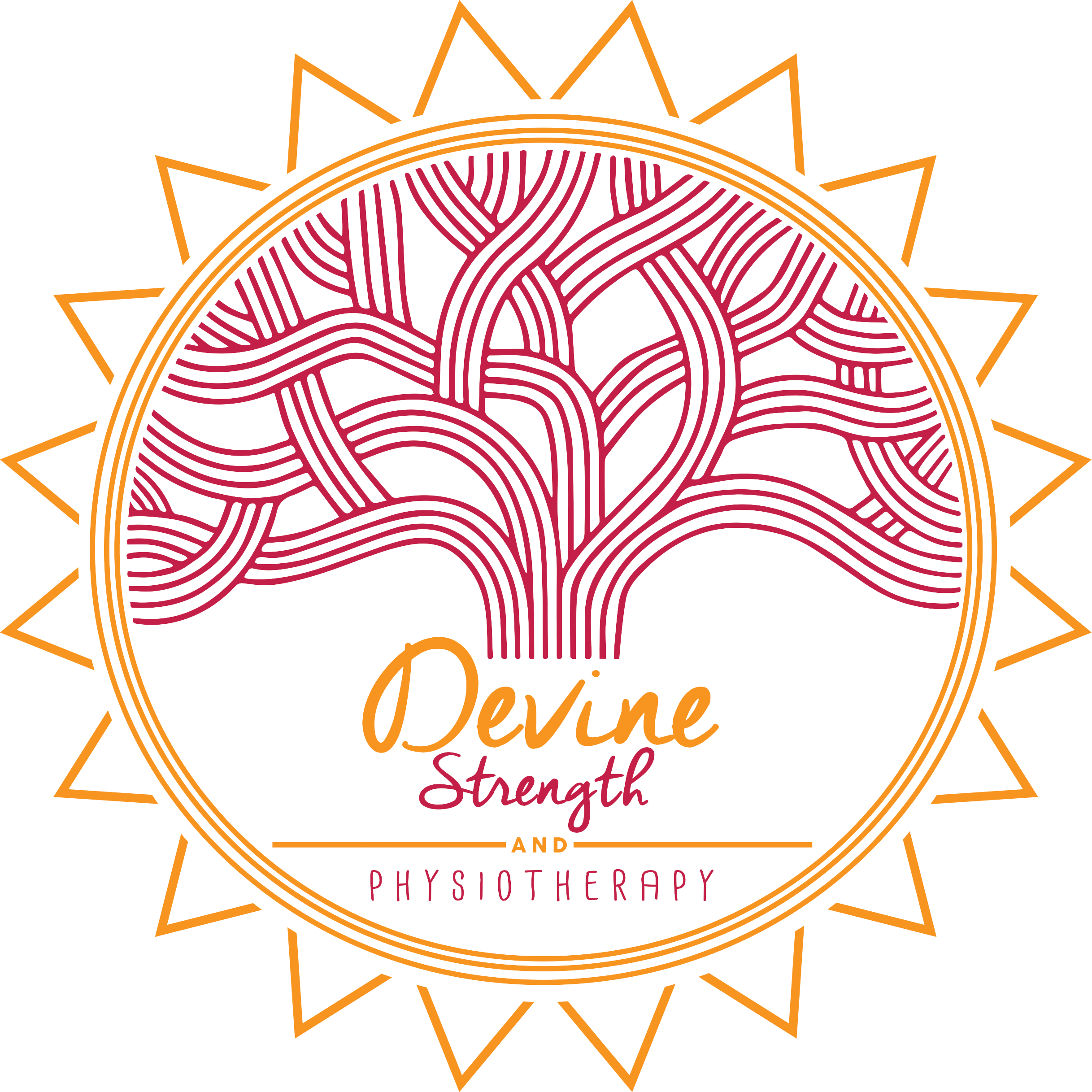What is SOT?
Sacro-Occipital Technique (SOT) was originally formulated by Major Bertrand DeJarnette (The Major) who was a Doctor (chiropractor and osteopath) and Engineer in the 1920’s. The Major was inspired to go beyond simple spinal adjusting and developed methods of correcting the Cranium, Pelvis, Extremities and Organs. This study brought about a system of adjusting patterns in the body, not just single body parts. The most significant pattern was the relationship between the sacrum and occiput (which became the name of the technique).
An important distinction of SOT is the use of indicators. Each adjustment has a sign or signal that the we use to know when and where to adjust. For example, muscle tension at the knee may indicate the pelvis needs correction, and connective tissue fibers at the base of the skull (called occipital fibers) indicate different vertebra in the back or spine may be in need of an adjustment. This also tells us on the next visit if the correction has been completely or marginally effective. From these indicators, we design a different adjustment set on each visit, listening to the body each time. It takes study to master this method of care, but it makes for an effective, precise adjustment without relying exclusively on x-rays.
The Sacro Occipital Technique, also called SOT, was developed by Major Bertrand DeJarnette, DO, DC in the late 1920s and has been researched and developed over the ensuing years. SOT is a commonly used chiropractic technique designed to reduce or eliminate pain or disorders in the craniospinal, TMJ,head, neck, back and pelvis, extremities (foot, ankle, knee, and hip as well as hand, wrist, elbow, and shoulder) and in specific cases improve organ function.
One of DeJarnette’s great discoveries was a category system that recognizes that human structures have specific patterns of imbalance. By generalizing patients into three categories DeJarnette developed methods of determining three identifiable, yet interrelated, systems of body reaction. Through the use of specific indicators, location and correction of these body patterns a system of before and after treatment tests can be applied to evaluate need for care and whether the care was successful.
Category I deals with the primary respiratory mechanism between the sacrum and occiput. This relationship is described typically as pelvic torsion (twisting of the pelvis that makes it seem as if one leg is shorter than the other) with limited sacral nutation (tailbone movement). The spinal and cranial meningeal and cerebrospinal fluid (CSF) systems function, to a degree, like a closed kinematic chain. Therefore the sacral or tailbone meningeal attachments and reduced movement can have an affect on the tissues above such as the spine with meningeal altered tensions, CSF stagnation, and altered vascular related function.
Category II involves over-motion or instability of the sacroiliac joint causing a dysfunctional relationship between the tailbone and pelvis. The sacroiliac weight-bearing joint sprain makes if difficult for the body to maintain itself against gravity and function at its optimum. It is common with this category to find low back imbalance which can affect the knees, shoulders, neck and TMJ with Category II patients. When Category II patients are not treated and the condition persists it can lead to a Category III type condition.
Category III is commonly associated with severe low back pain relating to sciatica or disc herniations. Patients often have difficulty standing up straight and can be leaning to one side and forward. They will have pain when they cough or sneeze, attempt to sit or arise from a seated position, or even just putting on their shoes. It is also possible to have numbness or weakness in the legs.
SOT offers very specific methods that are effective and specific for each individual patient’s needs. Each patient is treated individually and in some instances other SOT methods are needed to improve function of organs (CMRT – chiropractic manipulative reflex technique), cranial bone and TMJ (jaw), and foot, ankle, knee, hip as well as hand, wrist, elbow, shoulder function.
How is SOT different than other chiropractic techniques?
SOT (Sacro Occipital Technique) is composed of highly accurate and effective clinical procedures. Dr. Major B. DeJarnette spent most of his life conducting clinical investigation into what works in chiropractic and what makes chiropractic work. Many of the experiments he first tried on himself so that he was aware of the results first hand. He also recruited others to be patients while he tested the procedures. By means of these repeated, peer-reviewed tests, he determined the true nature of the spinal subluxation* and how it could most efficiently be corrected.
He also determined when the correction of the spinal subluxation was not enough and devised visceral manipulation procedures. Visceral procedures are used to help normalize organ function without the use of drugs or surgery. SOT also recognizes the important role of normal cranial function in health and disease. The cranial bones and other cranial structures can cause central nervous system problems that are often overlooked or ignored by most other chiropractic systems.
*Spinal subluxation: A disorder of the spinal, pelvic or cranial bones which can adversely affect the circulation, fluctuation and absorption of cerebrospinal fluid (CSF). Spinal subluxations can also be associated with spinal joint connective tissue and muscle asymmetry, somatovisceral and viscerosomatic reflex activity, local pain, as well as other related phenomina.
